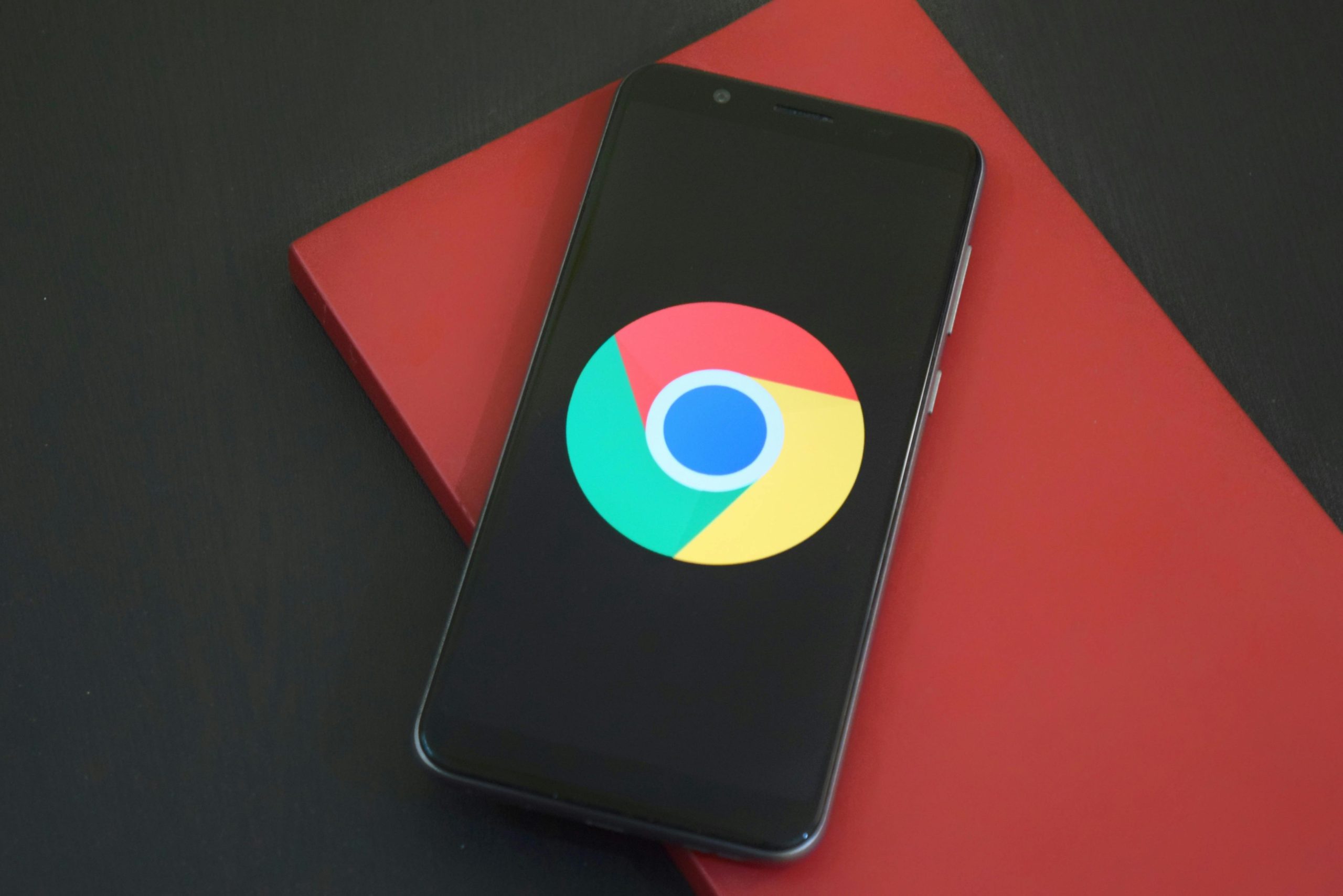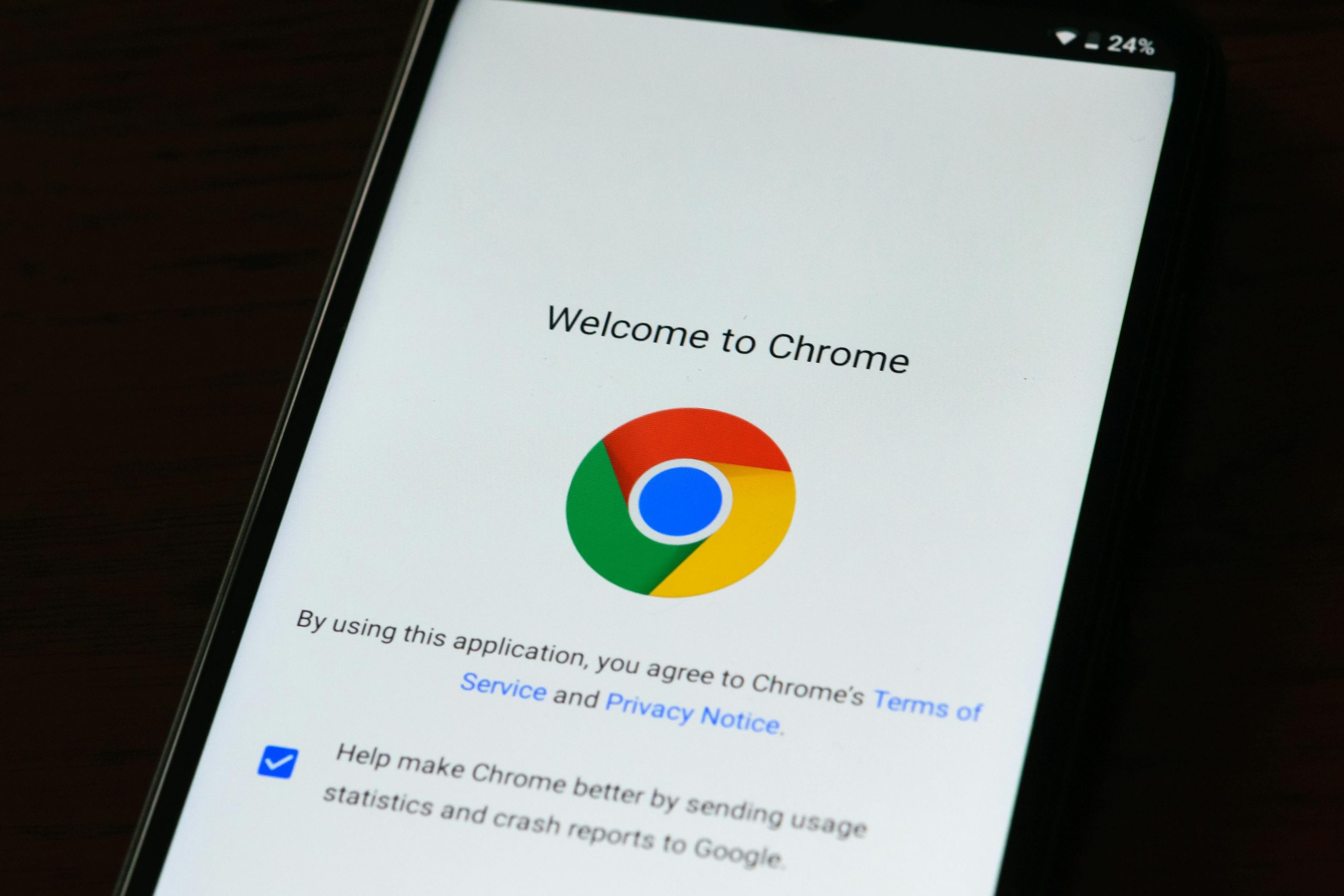In a world where every byte counts and data limits loom large, mastering the art of data management has never been more essential. Whether you’re an avid traveler relying on mobile hotspots or a remote worker juggling multiple devices, the struggle to stay within your data cap while browsing can be maddening. Fear not! Google Chrome offers a handy feature that acts as your virtual lifebuoy: Data Saver. This powerful tool can help you optimize your browsing experience by compressing web pages and reducing the amount of data consumed without sacrificing quality.
Imagine being able to enjoy your favorite online content—like streaming videos or accessing social media—while knowing you’re keeping your data usage in check. In this article, we’ll guide you through the simple steps to turn on Data Saver in both Chrome for Mobile and PC, ensuring that you’re always connected without breaking the bank. So grab your device and get ready to navigate the digital seas with newfound efficiency!
What is Data Saver in Chrome?
Data Saver in Chrome acts as a digital guardian for your mobile data, compressing and optimizing webpages before they reach your device. By utilizing this feature, you not only reduce the amount of data consumed while browsing but also enhance loading times—ideal when you’re using mobile networks with limited bandwidth. The Chrome browser intelligently filters out unnecessary content, allowing essential text and images to pass through while minimizing background data consumption from ads and trackers.
Moreover, this functionality is particularly beneficial for users in regions with slower internet speeds or those who frequently find themselves traveling. Imagine being able to browse seamlessly without worrying about exceeding your data limits! Even better, it encourages a more focused browsing experience by stripping away distractions often found on websites. While some might hesitate to enable Data Saver due to concerns about reduced image quality or formatting changes, the trade-off is often worth it for faster access to information on the go. In a world where every byte counts, enabling Data Saver could be your secret weapon for smart and efficient web exploration.
 How to Enable Data Saver on Mobile
How to Enable Data Saver on Mobile
Data Saver is a game-changer, especially for mobile users balancing limited data plans and heavy browsing habits. Activating this feature not only reduces your overall data usage but also speeds up page loading times by compressing images and optimizing content before it reaches your device. This means you can enjoy a smoother browsing experience even on slower connections, without sacrificing quality or accessibility to essential sites.
To make the most out of Data Saver, consider tweaking additional settings on your mobile device to complement what Chrome offers. For instance, disabling autoplay videos in apps can further help conserve precious data while enhancing battery life. Moreover, using offline reading features in combination with Data Saver can reduce the need to constantly refresh pages, allowing you to enjoy articles and content without needing an active connection or continuously consuming data.
In today’s digital age where every megabyte counts, enabling Data Saver isn’t just about frugality; it’s about empowerment. You’ll have more control over your online activities—streamlining your browsing while exploring enhanced options such as reader modes that strip away unnecessary elements for faster access to information. So why not embrace this handy function? It’s time to browse smarter and take advantage of tools designed specifically for our fast-paced lifestyle!
Steps to Activate on Android Devices
To activate Data Saver on your Android device, begin by launching the Chrome app. Tap on the three-dot menu in the upper right corner and select Settings. From here, navigate to Lite mode, which is often labeled as Data Saver or similar terminology depending on your version of Chrome. Toggle this option to ON; you’ll instantly notice a shift in how web pages load, with images being compressed and data-heavy elements minimized for speed without sacrificing quality.
A lesser-known tip is that activating Lite mode doesn’t just enhance speed—it also helps you stay mindful of your data usage. This feature empowers you by providing real-time insights into how much data you’re saving while browsing. You’ll become more aware of your online habits and may even rethink excessive streaming or downloads when saving data becomes an engaging aspect of your daily routine. So not only does Lite mode streamline your browsing experience, but it also encourages a more responsible approach to internet consumption while maximizing performance under varying network conditions.
 Enabling Data Saver on iOS Devices
Enabling Data Saver on iOS Devices
Enabling Data Saver on your iOS device can be a game-changer, especially for those who need to maximize their data plan without compromising browsing quality. This feature minimizes the amount of data used by compressing images and blocking ads, allowing you to surf the web with peace of mind. But there’s more than just saving bandwidth; using Data Saver can significantly speed up page loading times, which is particularly beneficial in areas with spotty connectivity.
A lesser-known advantage of activating Data Saver lies in its ability to prolong battery life. With reduced background activity and smaller data packets being processed, your device will expend less energy during web browsing sessions. Think about it: fewer large images downloading mean your iPhone won’t have to work as hard, helping you stay connected longer while on the go. Engaging this feature not only helps your pocketbook but nurtures a more efficient ecosystem for users who rely heavily on their mobile devices throughout the day—a win-win scenario!
How to Turn On Data Saver on PC
To enable Data Saver on your PC, you’ll need to lean into Chrome’s built-in features, particularly the Lite Mode option. While traditionally associated with mobile devices, utilizing this feature can significantly streamline your web browsing experience on a computer as well. To activate it, head over to the browser’s Settings menu by clicking the three vertical dots in the upper-right corner and selecting Settings. From there, navigate to Privacy and Security, where you can explore additional settings aimed at enhancing your browser efficiency.
Another intriguing approach is leveraging extensions designed for data minimization. There are a myriad of Chrome extensions that compress images and optimize loads for various websites, ensuring you make the most of every megabyte while surfing online. By experimenting with different tools like ‘Data Saver’ or ‘WebPage Compression,’ you not only mitigate unnecessary data spillage but also enjoy quicker load times—transforming how you engage with digital content on your PC. This proactive stance on managing data usage empowers users not just in productivity but also in navigating bandwidth-often scarce environments smoothly.
 Adjusting Settings for Optimal Performance
Adjusting Settings for Optimal Performance
Adjusting settings for optimal performance is not just about enabling the data saver feature; it’s also about fine-tuning your browsing experience to suit your digital habits. For instance, consider customizing Chrome’s advanced settings. By navigating to the Privacy and Security tab, you can limit background data usage while prioritizing essential website functionalities. Disabling unnecessary extensions also plays a vital role in streamlining performance—every added extension consumes resources and can bog down your browser’s speed.
Another often-overlooked trick is leveraging Lite Mode on mobile devices. This innovative feature compresses web pages before they reach your device, significantly reducing data consumption without compromising user experience. Furthermore, exploring options like disabling auto-playing videos and images can help avoid unexpected spikes in data use when browsing on mobile networks or slower connections. Each small adjustment contributes to a smoother and more efficient online encounter, particularly during those moments when quick connectivity counts most. Embracing these strategies ensures you’re not just saving data but enhancing overall performance, allowing for a seamless transition from page to page as you navigate the web effortlessly.
Conclusion: Maximizing Browsing Efficiency with Data Saver
In a world where our digital lives often collide with limited data plans, the Data Saver feature in Chrome emerges as an unsung hero for both mobile and PC users. By compressing web pages before they reach your device, Data Saver significantly reduces data consumption while enhancing loading times. This not only allows you to stretch your monthly data allowance further but also ensures a smoother browsing experience even on slower networks. Imagine seamlessly accessing content without the frustrating wait times—a true game changer for users who are always on the go.
Moreover, utilizing Data Saver is more than just about cutting costs; it’s also an opportunity to explore diverse online ecosystems. As pages load faster and efficiently, you’re more likely to venture beyond your usual sites, discovering new articles, videos, or features that might have gone unnoticed on conventional connections. Additionally, this tool nicely complements mindful browsing habits—encouraging minimalism by prioritizing content over superfluous visual elements that can bloat page sizes. Ultimately, embracing Data Saver empowers users not just to protect their data but also to transform their entire internet experience into one that’s faster, richer, and far more rewarding.


